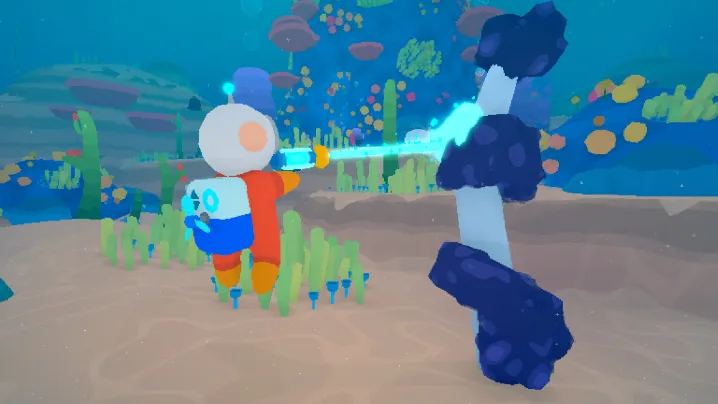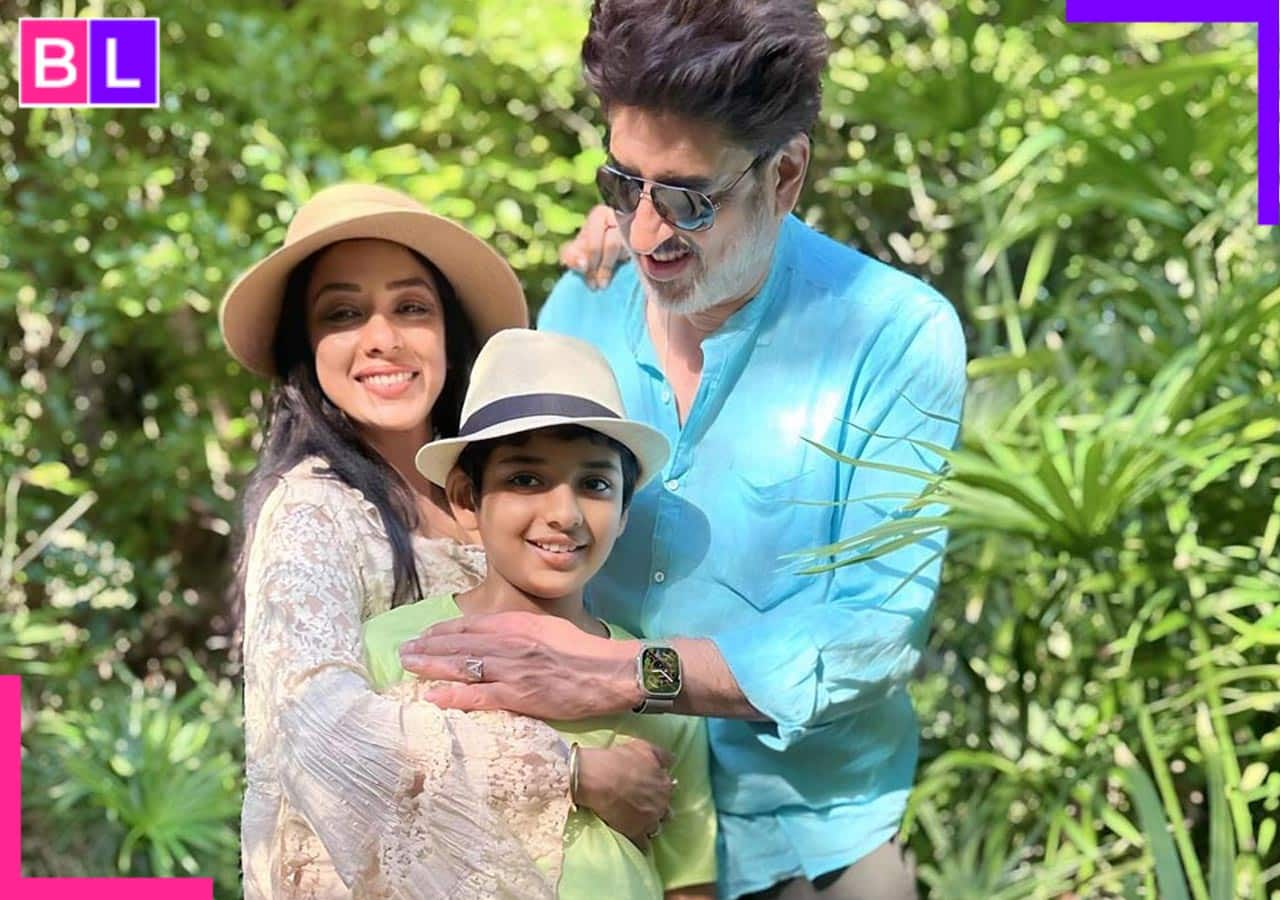If you’ve ever written off video games as mindless entertainment that rots brains, there’s a good chance you don’t follow them closely enough. Even since the earliest days of the medium, developers have used games as a tool for education. Think back to games like Math Blaster or The Oregon Trail. Even today’s biggest blockbusters, like Senua’s Saga: Hellblade 2, now deal with serious themes and reflect our world. Like any other artistic medium, games have the power to shine a light on real issues while entertaining us.
If you still need convincing, look no further than New York City’s Games for Change festival. The annual event highlights games and creators that are using the medium to make a social impact. This year’s festival, which took place in late June, honored several games that fit that bill, from Chants of Sennaar to A Highland Song. This year’s winners list was headlined by Stay Alive My Son, which picked up awards for Game of the Year, Best In Impact, and Best Narrative.
While Games for Change’s awards honor a wide range of games, its Best In Environmental Impact category is especially worth paying attention to each year. This year’s show honored three games in that category from small studios, all of which I sat down with at the show proper. Each of the three titles tackles the topic of sustainability and environmentalism in very different ways, showing exactly how creators are rethinking how games can both educate and entertain players.
The Plastic Pipeline

This year, Games for Change awarded Best in Environmental Impact to The Plastic Pipeline. Developed by FableVision, this mobile and browser game is available to play through the Wilson Center for free. Of the three games featured in the festival, it’s the one that skews closest to a traditional educational game built with kids in mind. Players are dropped into a colorful town full of animal residents and put in charge of enacting local policy to help reduce its rising pollution problem. The goal is to pick up trash, interact with objects, and talk to locals to discover possible ways to cut back on single-use plastics.
The Plastic Pipeline is a bit of a two-for-one lesson. It doesn’t just tell players how they can reduce waste usage in their own lives, but shows the complexities of building sensible laws and environmental programs. Each time I come up with a potential proposal, I get some pros and cons I have to consider. An education campaign might be a low lift task, but awareness raising will only get the town so far. I could instead enact a single-use plastic fee that can fund cleanup projects, but that might prove difficult to enforce. The end lesson is that a single policy can’t exist in a vacuum. They need to work in tandem with wider environmental initiatives that have the support of the people affected by them. It’s a tightrope act, but one worth walking.
Loddlenaut

While The Plastic Pipeline is direct in its educational approach, video games don’t have to explicitly spell things out to get across environmentalist ideas. Just look at Loddlenaut. In this cozy underwater adventure, players take control of a diver exploring an alien ocean that’s been heavily polluted by a megacorporation. Armed with a bubble gun, it’s their job to clean up all the gunk and pick up stray trash — all while befriending colorful axolotl-like critters. During a demo at Games For Change, I entered a bit of a hypnotic state as I cleaned the sides of a filthy ship to recycle junk to craft new gear.
It’s a relaxing gameplay loop that has the same appeal as something like House Flipper 2; it’s just satisfying to clean up messes. Through that strong gameplay loop, Loddlenaut is able to stress the importance of preserving our planet entirely through play. That can be a strong enough motivator on its own, showing players that cleaning can be fun. Loddlenaut puts its money where its mouth is too. If you buy a copy on Steam, part of that money will go toward Whale and Dolphin Conservation, a UK-based charity.
Wake: Tales from the Aqualab

Cleaning our planet is only part of the battle. That work goes hand in hand with getting people to better understand nature. That’s what Wake: Tales from the Aqualab, an underwater research game, focuses on. The project almost resembles a 1990s 2D point-and-click PC game in the vein of Odell Down Under. Players pilot a submarine through different sea biomes, where they can scan the local plants and critters to understand how the habitat is constructed. During my playtime, I’d research an area full of kelp and otters to gain an understanding of how each piece of the ecosystem interacts with one another.
Wake homes in on the puzzle-like joy of research. When I’ve scanned everything I can in a biome, I can create a simulation of it on my ship. That requires me to piece together the food chain to make sure I’ve set it up correctly. In turn, I walk away with a better understanding of how delicate that system is. If one creature goes extinct or its population becomes heavily diminished, it could throw the entire thing off-balance. That makes Wake a perfect complement for the other two games highlighted at this year’s show. The more we understand the potential impact of pollution, the more driven we will be to make a change.







)